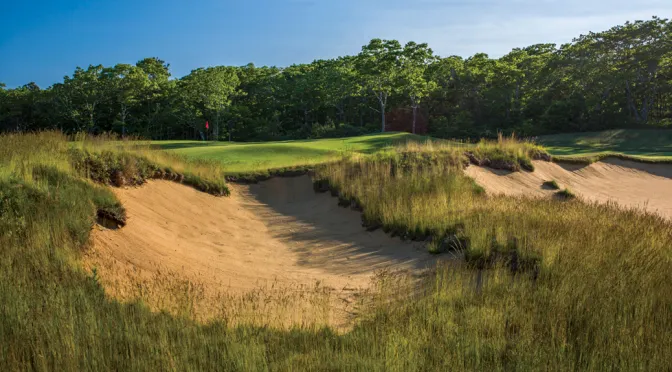Project Description
One outcome of the last housing boom was a glut of golf courses built to market new suburban developments. As courses have closed or sat vacant, planners and communities have debated their next best use.
But despite declines, there has also been a bit of a rebound in the industry over the past six years, with new demand for shorter courses with less environmental impact, says Jeff Danner, ASLA, a principal with Phoenix-based Richardson | Danner Golf Course Architects.
“People started to realize that golf was the perfect activity during the pandemic, and we saw a surge that we hadn’t seen since the late 1990s when Tiger Woods burst onto the scene,” he says. Danner attributes the demand—for “right-sized courses, not necessarily 18 holes”—to younger players who don’t have the time to play longer courses on 150 acres and who want to play more interesting, environmentally sustainable courses.
“We’re seeing more courses in the 30-to-60-acre range, which the National Golf Foundation didn’t track until recently because they weren’t the norm,” Danner says.






